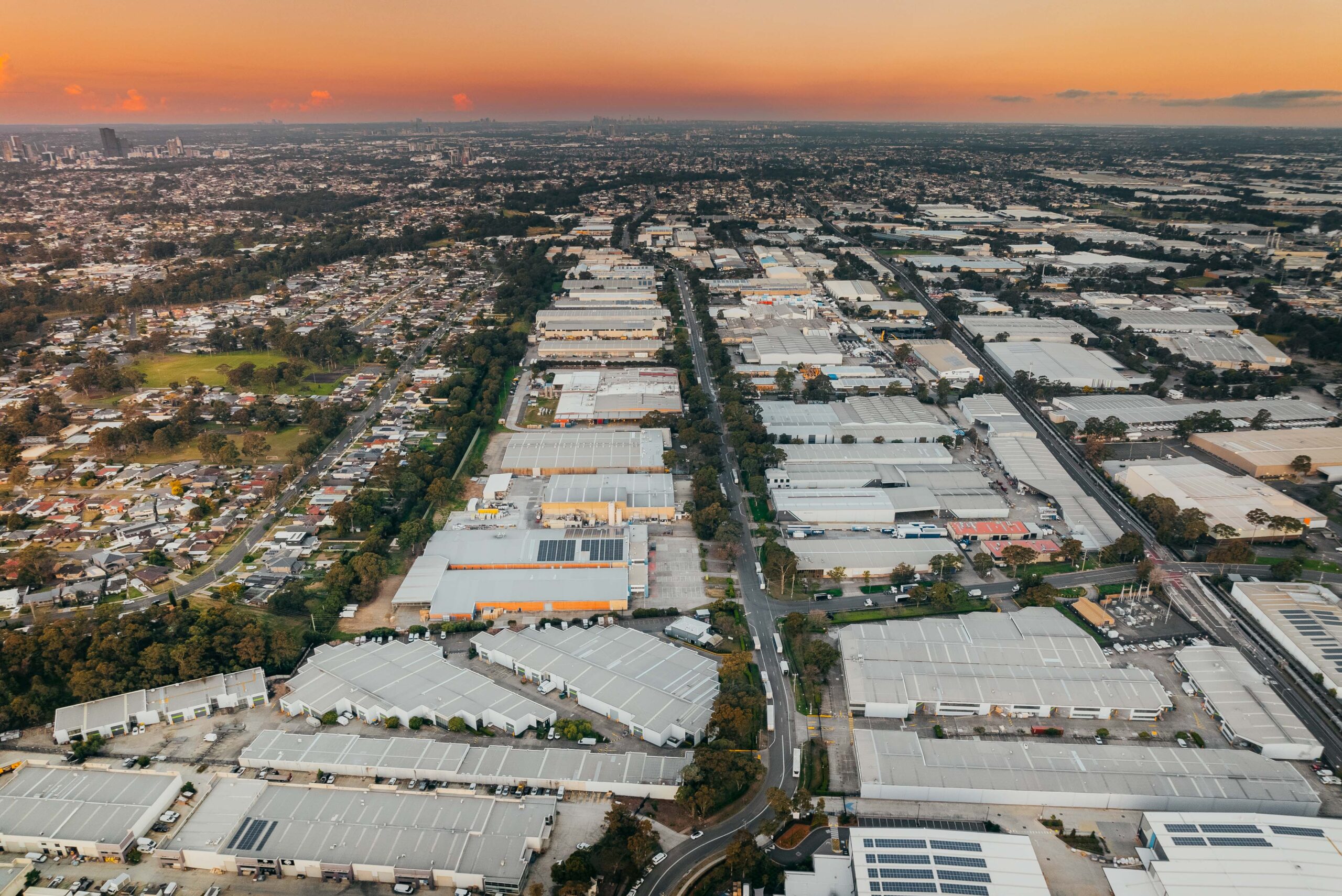Sydney Leads Capital Comeback as Australia’s Investment Market Turns a Corner
21 August 2025
Australia’s commercial property market is entering a new phase of recovery, with investor sentiment rebounding and capital flows accelerating, particularly into Sydney. According to new research from Savills Australia and New Zealand, the volume of capital deployed has steadily risen over the past 15 months, signalling renewed confidence in the outlook and a turning point in the market cycle.
“Investor activity may still be cautious, but the deal pipeline suggests sentiment is shifting,” said Ben Schubert, Head of Capital Transactions and Advisory at Savills Australia and New Zealand.
“There’s no doubt we’re entering a more confident phase in the market, particularly in Sydney, where capital flows are accelerating.”
Sydney has emerged as the epicentre of investment activity in 2024 and year-to-date 2025. The Harbour City alone has accounted for 85% of national CBD office investment so far this year, well above the 10-year average of 49%.
“We’re seeing a concentration of capital into Sydney like never before,” Mr Schubert said. “That 85% share speaks volumes about Sydney’s global appeal and market depth.”
Cross-border capital has been a key driver of this momentum, with international investors responsible for 73% of Sydney’s CBD office deals in 2025 to date. This marks a significant increase on the 10-year average of around 50%, underlining strong offshore conviction in Australia’s largest city.
“The cross-border share of CBD office investment is a clear sign offshore capital sees this market as not just safe, but a clever choice,” Mr Schubert noted. “These are long-term plays on quality, location, and return potential.”
The city’s dominance is underpinned by several fundamentals: a rising return to the office, improved transport connectivity, boosted by the rollout of new Metro stations, and the depth of institutional-grade assets. Together, these are enhancing both liquidity and occupier demand.
“Global capital gravitates toward liquid, high-quality markets, and Sydney continues to stand out for its scale, stability, and fundamentals,” Mr Schubert said.
While some investors remain on the sidelines amid ongoing global uncertainty, the broader macroeconomic picture in Australia is becoming more favourable. Inflation is moderating, wage growth and tax cuts are boosting household income, and interest rates are expected to ease further.
According to Savills, historical data supports the case for renewed investment, showing that in the five years following the start of previous rate-cutting cycles (1996, 2001, and 2011), average annual property returns reached 11.2%, well above the long-term average of 9.0%.
“When rates begin to ease, history tells us to expect strong total returns. We’re approaching that inflection point, and savvy investors are positioning themselves ahead of the curve,” Mr Schubert concluded.
Chris Naughtin, National Director – Capital Market, Research at Savills Australia and New Zealand said the worst of the uncertainty may now be in the rearview mirror.
“While global risks remain, the Australian market is showing signs of resilience and recovery, with improving macro conditions setting the stage for stronger investment performance and renewed capital deployment in the second half of the year and into 2026,” Mr Naughtin said.
According to the report, much of the capital currently in the market remains unspent, as investors have held back during the period of raised interest rates. However, this is set to change as values begin to stabilise and borrowing conditions improve. Acquisition activity is expected to accelerate, particularly from closed-ended funds under pressure to recycle assets.
“There’s a convergence of factors – stabilising values, pent-up capital, and better financing conditions – that will unlock a more active investment market over the next couple of years,” said Mr Naughtin. “Sydney is leading, but the ripple effects will be felt across the country.”
The retail sector is also regaining investor attention, thanks in large part to attractive income streams and improving consumer fundamentals.
“High income returns, and a more optimistic consumer outlook are repositioning retail as an increasingly attractive investment,” Mr Naughtin said.
“The sector’s share of investment volumes has nearly doubled from a pandemic low of 16% to just under 30% this year, reflecting growing institutional investor confidence in its recovery story,” he concluded.






